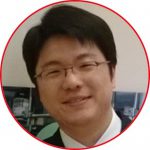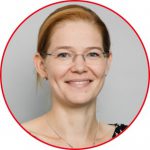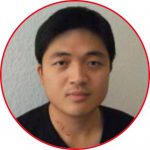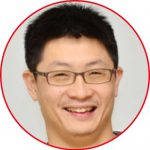
Leibniz Institute of Photonic Technology, 07745 Jena, Germany
Institute of Physical Chemistry, Friedrich Schiller University, 07743 Jena, Germany
Exploiting wave optics for infrared spectroscopy
While the use of wave optics in infrared spectroscopy was well-established at the beginning of the 20th century [1], the same is only partially true a century later. In particular in the infrared spectroscopy of organic and biological substances, the Bouguer-Beer-Lambert (BBL) law is used to evaluate spectra quantitatively. In the first part of my talk I will demonstrate that the BBL law is generally not compatible with wave optics. E.g., absorbance should be independent of the electric field intensity distribution inside a sample according to the BBL law, but actually depends strongly on it [2]. In addition, absorbance is generally not linearly increasing with concentration, even in the absence of any chemical interactions, but integral absorbance does [3]. Only the use of wave optics allows the consistent interpretation of experimental spectra. The latter approach enables us also to understand approaches to enhance spectral signatures in infrared spectra. I demonstrate that based on plasmonics slit arrays can not only boost the intensity of conventional spectra, but also allow to detect chiral substances [4]. Additionally, I will show that for molecular monolayers approaches to amplify spectral signatures not based on plasmonics are advantageous [5].
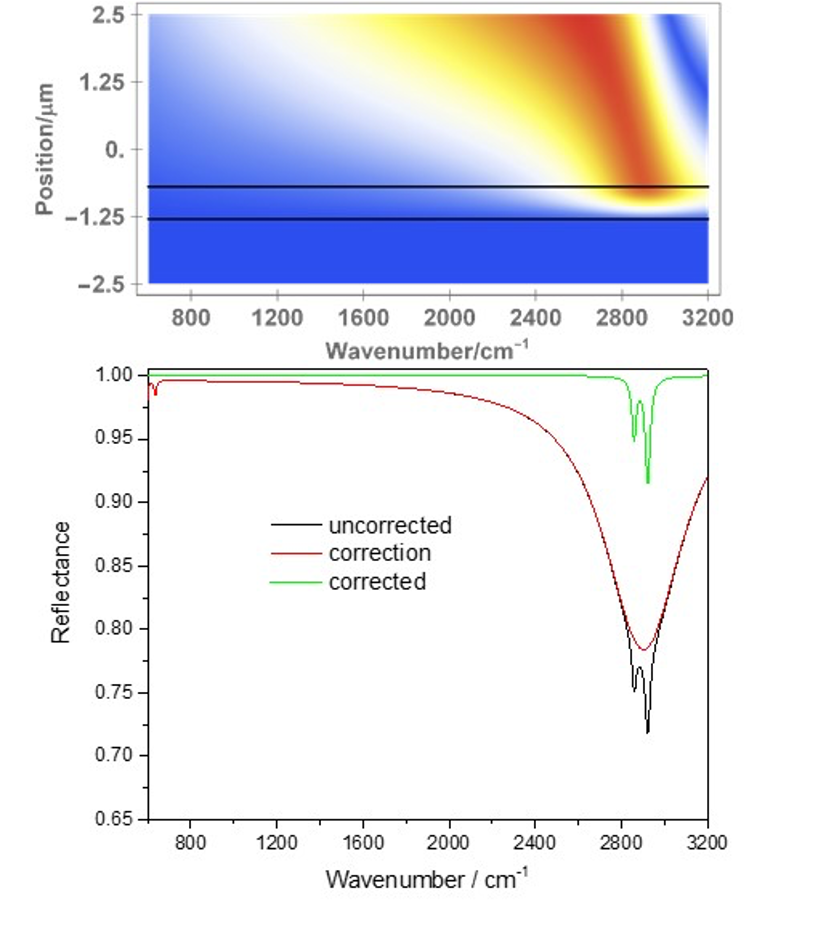
References
- Schaefer, C.; Matossi, F., Das Ultrarote Spektrum. Verlag von Julius Springer, Berlin: 1930.
- Mayerhöfer, T. G.; Popp, J., Spectrochimica Acta Part A 2018, 191, 283-289.
- Mayerhöfer, T. G.; Pipa, A. V.; Popp, J., Chemphyschem 2019, 20 (21), 2748-2753.
- Knipper, R.; Kopecký, V.; Huebner, U.; Popp, J.; Mayerhöfer, T. G., ACS Photonics 2018, 5 (8), 3238-3245.
- Mayerhöfer, T. G.; Popp, J., Spectrochimica Acta Part A 2018, 191, 165-171.
